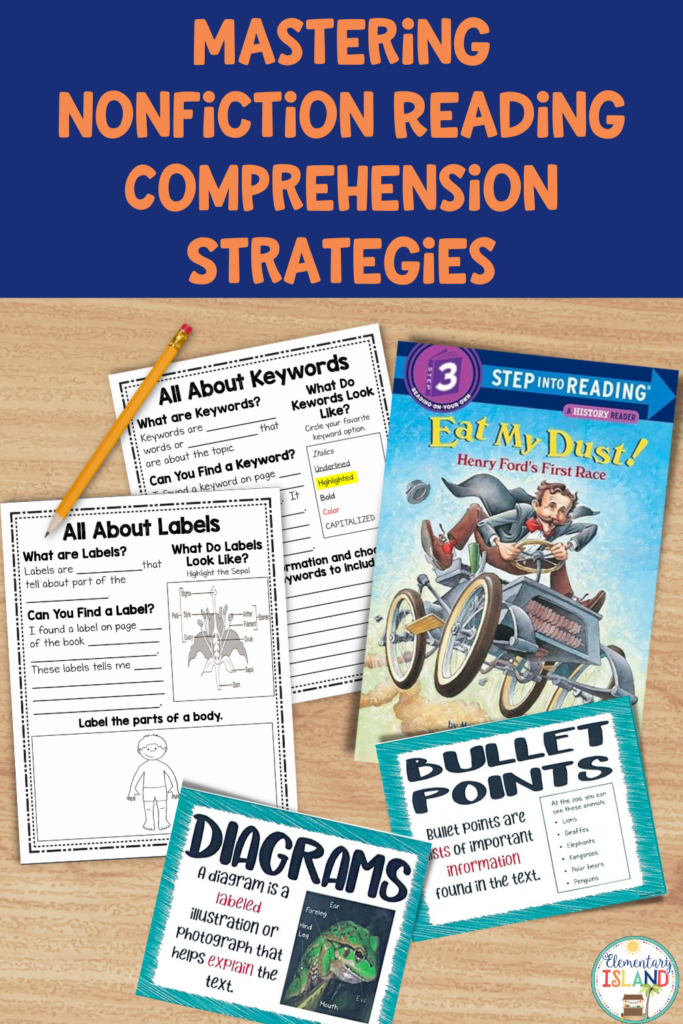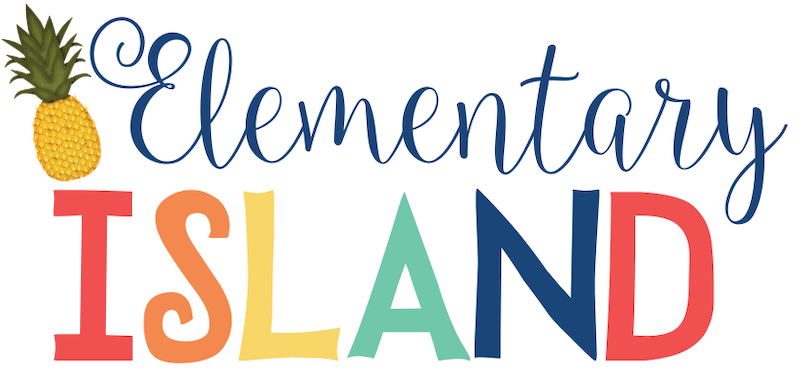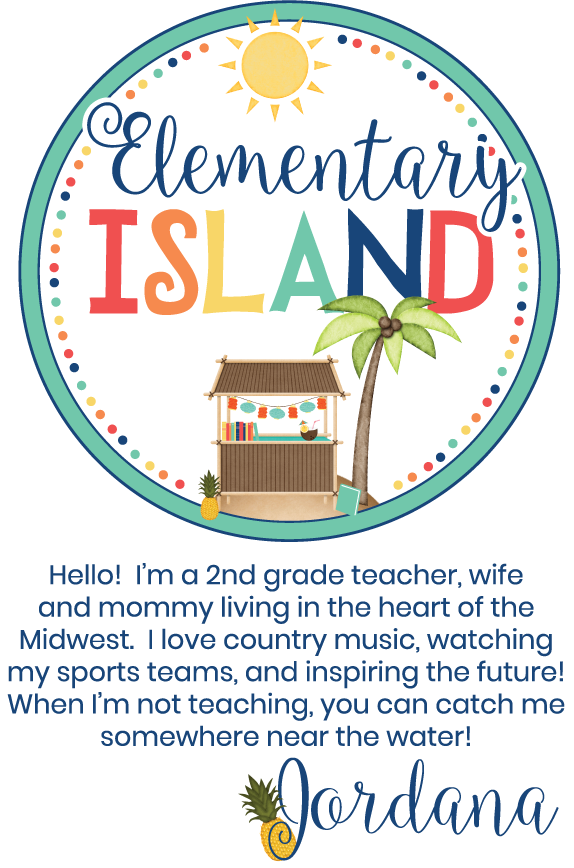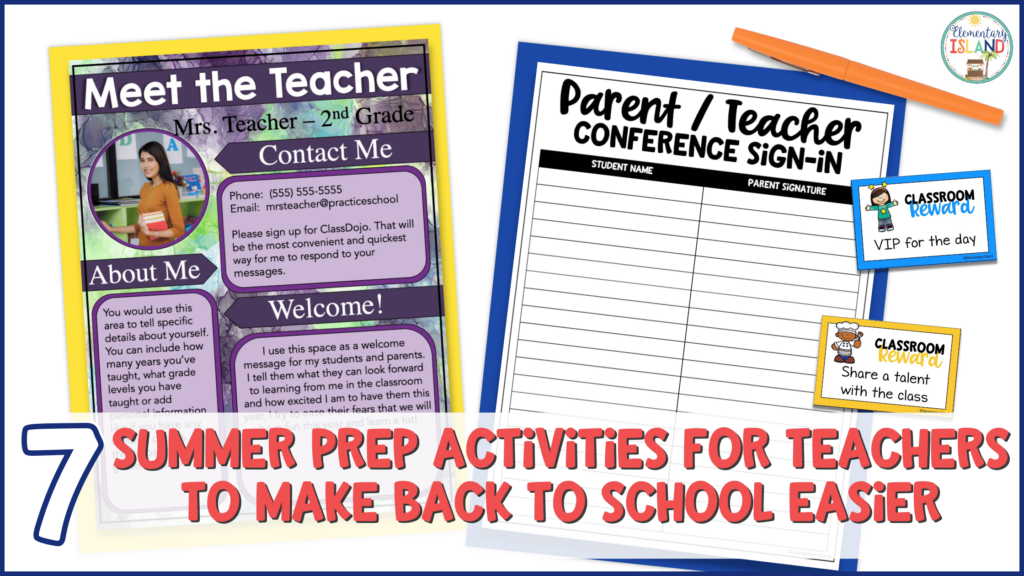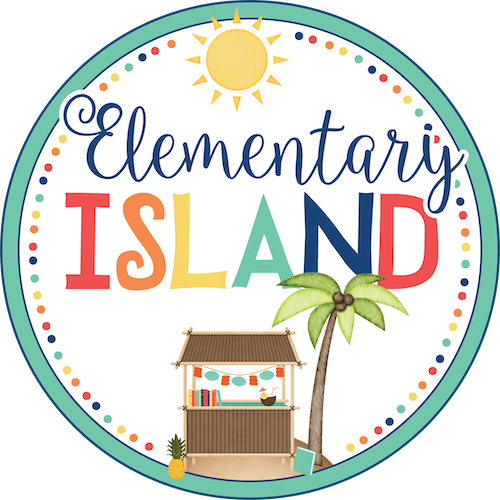As each year unfolds, I find myself more excited about sharing the wonders of nonfiction reading with my students. Living in a world where information is just a click away, we’re truly spoiled. Yet, the real magic lies in having those nonfiction reading skills to navigate through texts! Be it a captivating book or an intriguing newspaper article, there’s no question about the value of this skill. So, do you want to ensure your students confidently navigate through whatever content comes their way? Look no further! This blog post is your ticket to exploring all that nonfiction reading comprehension strategies have to offer.

You don’t have to be in middle school or high school to master nonfiction books. Older students might have a higher reading level, but young readers can use nonfiction reading strategies to help them get the most out of informational text too. Over the years I have found that the key to helping younger readers master nonfiction skills is to start from the beginning of the year. Making both fictional texts and nonfiction texts a part of our classroom culture is one of the first steps.
These tips and ideas for helping students improve their nonfiction reading skills will help all students, regardless of their ability or reading level. I have seen them work well in supporting English Language Learners too.
Help Students Fall in Love with Nonfiction
Like many things we teach, finding an engaging way to teach a new skill or topic is half the battle. Teaching nonfiction comprehension skills is no different. That’s why I love to start by introducing my students to my favorite nonfiction books. When students see that I have “favorites” in the nonfiction category they realize that they can too.
Fiction books aren’t the only ones that have a vast amount of possibilities! I find great joy in guiding my students to the discovery that there are adventures and inspiring stories within the pages of nonfiction books too. My students quickly learn that they are not just sources of information but a great way to learn more about science, social studies, and everyday life.
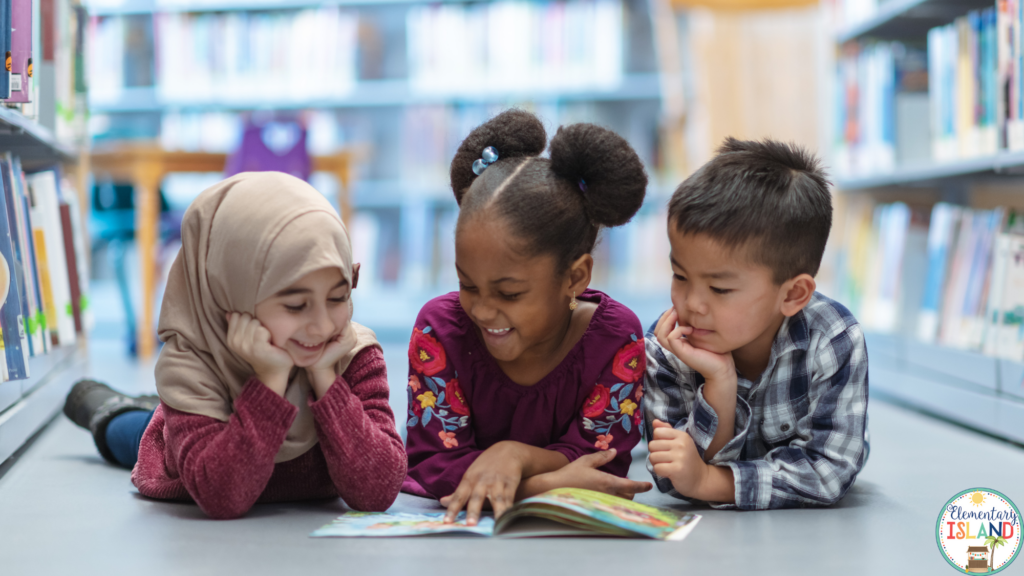
We always begin by exploring nonfiction books. I let students’ interests be the guide as I challenge students to find a book that they want to learn new information from. I often start with background knowledge and ask students what is something they want to learn more about. Then I let them find a book on that topic. If possible, this is a great lesson to do in the library.
I do this because students can practice the same nonfiction reading strategies in different books. That’s the beauty of nonfiction. Almost all of them have similar nonfiction text structures. So students can use a book of their choosing and we can still discuss things like the central ideas, new vocabulary words, or the author’s purpose. And. . . when students have different books, allowing them to share examples provides a variety of examples for the entire class.
Small Group Teaching for Individual Needs
When I teach a new nonfiction reading strategy I will often do this through small groups. Understanding that each learner possesses distinct abilities and preferences, I implement strategy groups. These small groups provide a personalized approach that tailors instruction to individual needs. I can introduce the reading strategy that best supports students where they are without frustrating them with something that is too advanced or boring them with a strategy that is too easy. This ensures that every student receives the specific support they require to improve their comprehension strategies and thrive in their nonfiction reading journey. These reading minilessons become the foundation of solid reading comprehension skills.
One group might be learning to recognize different text features, while another is working on identifying the main idea of a text. It’s focused instruction at just the right pace and level for each learner.
Independent Reading Time
I love to introduce choice boards for students to use during independent reading time. This is simply a list of activities that help them grow their nonfiction reading skills. During this independent practice, students get to choose which activity they want to complete.
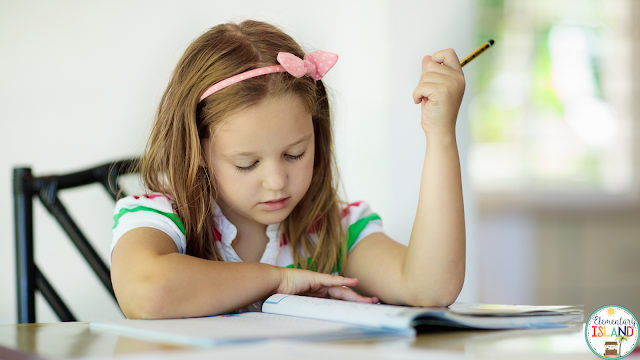
Many of the activities I include are similar to ones we would do together if we were doing a close reading of a text. For example, I have students read and focus on new words. They are asked to write down words that they don’t know so that we can use them later. Another activity might include asking students to create their own picture and caption that could be added to their book.
Choice boards are dynamic tools that cater to varied learning styles. These boards offer students options aligned with their preferences and strengths. In the realm of choice boards, students are empowered to take ownership of their learning, selecting activities that resonate with their individual styles.
As I witness groups and choice boards in action, my classroom transforms into a space where nonfiction reading becomes an inclusive and personalized experience.
Don’t Shy Away From Nonfiction Picture Books
When incorporating informational text into your lesson plans don’t overlook nonfiction picture books. Just because the words in a book have been simplified doesn’t mean the key concepts have been. There’s no rule stating that technical language is a requirement for nonfiction texts.
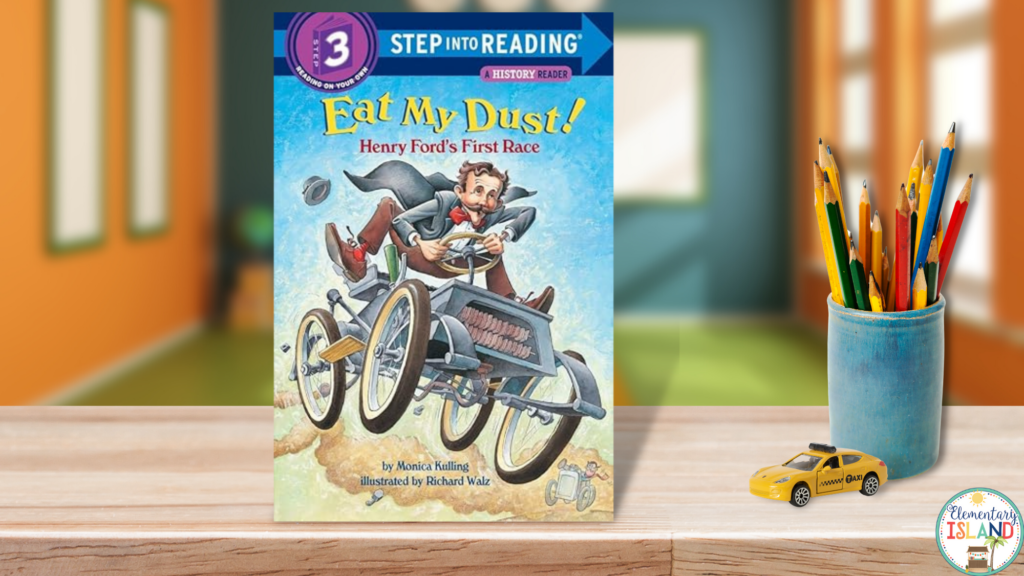
A lot of times I will begin with picture books because I know they are filled with vivid graphics and the words match the phonics skills my students have. This approach offers students exposure to the richness of informational text. They embark on a journey of exploration, learning new skills, or becoming inspired based on someone else’s life. Your students become equipped with applicable knowledge, which leads them to become enthusiastic about their learning.
Some of my favorite books to use when introducing nonfiction reading are the Step Into Reading Books like Eat My Dust! Henry Ford’s First Race.
One way I expose my students to informational texts is through biographies like this one. There are lots of wonderful biographies that fall into the picture book category.
My students love learning about historical figures from decades ago up to the present day! As we dive into this nonfiction genre we not only learn about people, but we have lots of opportunities to practice nonfiction reading comprehension strategies. Students learn to identify important points in the person’s life and ask good questions about why the person did or did not do something.
For more information on teaching biographies check out 4 Fun Ways to Teach Biographies to add some fresh ideas to your lessons.
Improve Nonfiction Reading Comprehension with Graphic Organizers
If there is one thing that can get overwhelming to students with nonfiction text, it is the facts. While most students find it easy to remember a storyline, trying to remember all.the.facts is something completely different. That’s why I teach my kids about graphic organizers.
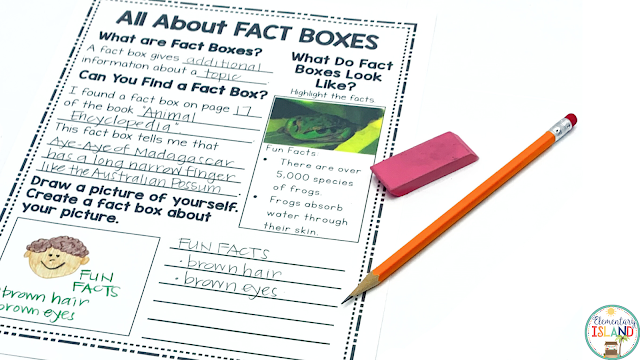
What I have found working with my students is that graphic organizers are one of the most powerful tools we can give to our students. There are so many things vying for our students’ attention that it can be difficult for them to keep track of the information they are reading. Plus, they are visual tools that transform their approach to nonfiction reading by highlighting the key information. After all, they should be reading a nonfiction text differently than a fiction one.
Graphic organizers become a tool that helps students identify main ideas, unveil supporting details, and decipher complex text structures and features. As young students dive into the world of graphic organizers, comprehension becomes a breeze. Even as they begin to read longer texts, the graphic organizer becomes a tool they can use again and again.
Try these Graphic Organizers in Your Classroom!
Remember how I said I love tackling biographies with my students? Well, add that to teaching them to use graphic organizers and you have this set of free biography graphic organizers. To help you jumpstart nonfiction reading in your classroom, grab these 22 FREE biography templates to help your students as they work on reading nonfiction text and document what they learn with a graphic organizer.

Check out these 22 biography templates for your beginning researchers!
Sticky Notes to the Rescue
In my teaching journey, I’ve found a simple yet effective nonfiction reading comprehension tool. I equip my students with sticky notes. In fact, students keep them in their book boxes so they are readily available. You will also find extra sticky notes in the classroom library too. These unassuming tools transform the reading experience into a nonfiction knowledge quest.
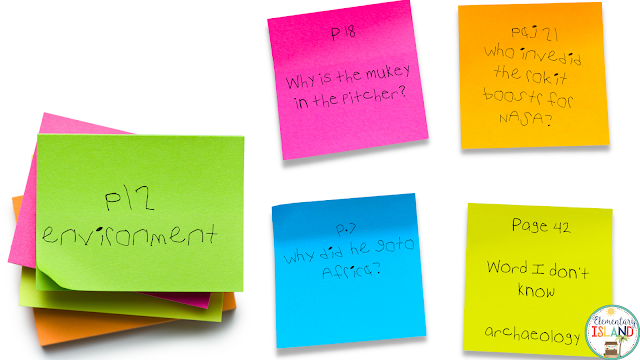
As students are reading, I encourage them to jot down important details, questions that spark their curiosity, keywords they might not understand, or reflections that arise as they read their text. Later, we use their sticky notes as a way to review and practice the nonfiction reading comprehension strategies we have learned.
After our independent reading time, we take a few minutes to do a debrief. This is when students can share what they wrote on their sticky notes. If they share a reflection, we talk about the reading strategies they used. If they have a question or an unknown word we talk about the reading strategy they could use to resolve the question. It allows us to practice and review many different strategies at one time.
Using sticky notes as a tool allows students to jot down thoughts and questions and then move on with their reading. I encourage students to write the page number on their sticky notes and stick them to the page of the book that the note relates to. Students know that they will always be able to come back to the sticky note later. This strategy promotes active thinking while reading, something I want my students to be doing.
The Magic of Nonfiction Text Features
Have you ever asked a question about something found in a caption or heading only to have students flabbergasted because they can’t find the answer? I don’t know what it is, but so many students just ignore any text that is not part of the main paragraphs.
That’s why I love to introduce all the different text features as “cheats” they can use along the way. In reality, there is no cheating involved, just smart reading. But when students find out that nonfiction texts have some special features designed to make reading them and understanding the information easier, they are all in.
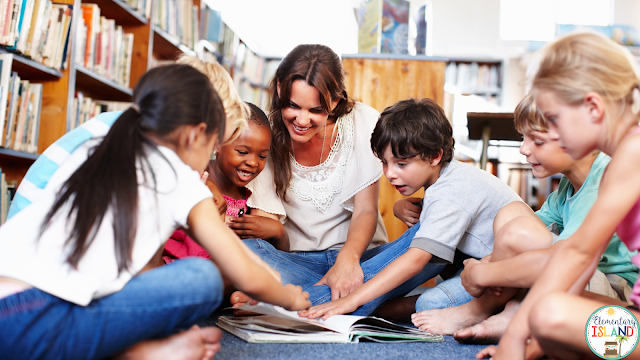
I guide them through the intricate landscape of page numbers, headings, and bolded key terms. We dive into pictures, illustrations, and captions too. Don’t forget the valuable information that can be found in the table of contents, index, and glossary. We also talk about bold print, headings, and highlighted words.
I also emphasize the importance of navigating with the table of contents. This is a strategy that I consider the best way to approach these enriching books. I always start off with a scenario about traveling and how that experience can change whether you have a map or not. I connect the scenario to how the table of contents becomes their trusty roadmap. It will guide them through their nonfiction text in an organized and efficient manner.
Nonfiction Text Feature Scavenger Hunt
Once I introduce these features I set students off on a nonfiction text feature scavenger hunt. It’s so easy to do too! Each student gets a nonfiction book and I call out a text feature. Then off they go hunting through their book to find it. We share examples before moving on to the next one. It’s a fun-filled time of book exploration while reinforcing the importance of the text features.
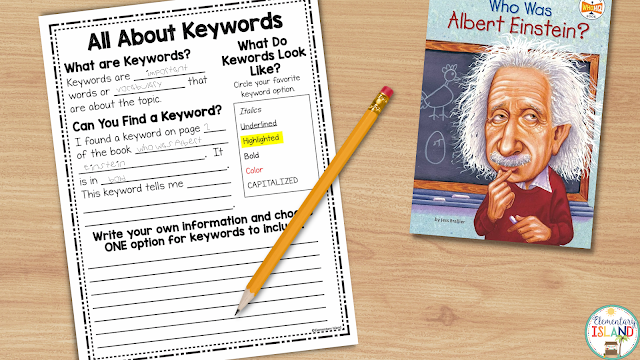
I utilize this Nonfiction Text Features resource for all of our activities. This resource is filled with posters, anchor charts, graphic organizers, and worksheets that will help students learn to use nonfiction text features to their advantage. Learn more about how I teach text features and resources to help introduce them to your students with How to Introduce Nonfiction Text Features.
You’re Ready to Get Started!
Embarking on the journey of teaching nonfiction comprehension strategies goes beyond mere reading. It’s about instilling a love for learning, nurturing critical thinking, and shaping students into active readers across diverse subjects. The key lies in the right mix of strategies that transform students into proficient readers equipped with essential skills for success. Grab the Nonfiction Text Features Worksheets Anchor Charts & Graphic Organizers Features resource pack to get started today!

Experiment with various approaches to nonfiction reading comprehension strategies that spark a transformative experience for your students. Witness their remarkable growth in navigating and comprehending complex texts as they emerge as confident readers. Here’s to happy teaching and the exciting journey ahead in the world of nonfiction reading!
Save this Idea
Remember to save this post to your favorite classroom Pinterest board to return to when you need nonfiction reading comprehension strategies!
